Julian Lemos-Vinasco
A New Time Series Similarity Measure and Its Smart Grid Applications
Oct 19, 2023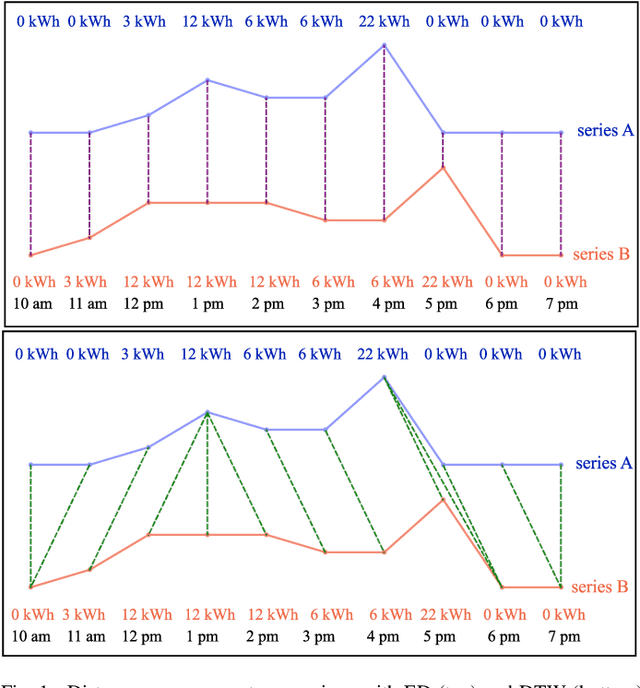
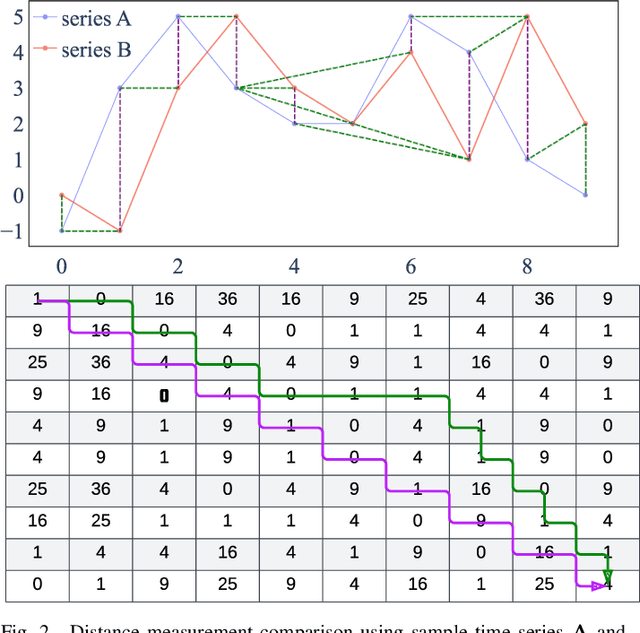
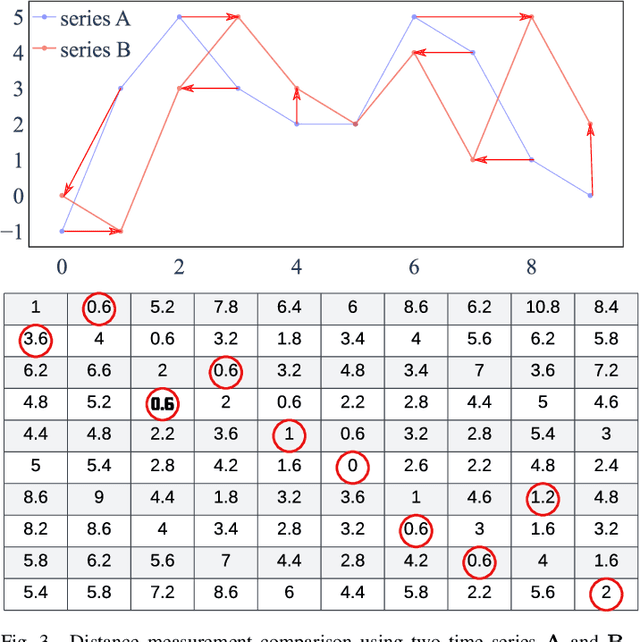
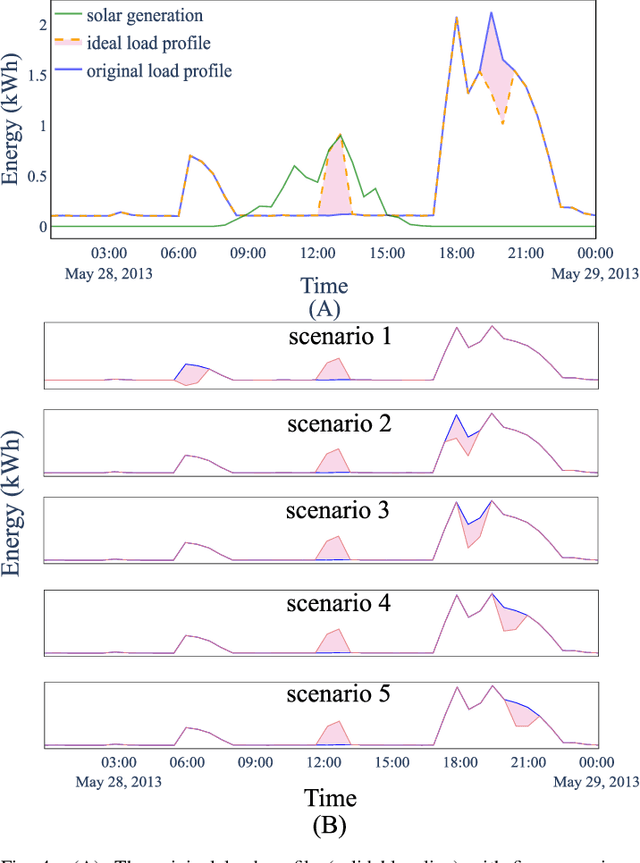
Abstract:Many smart grid applications involve data mining, clustering, classification, identification, and anomaly detection, among others. These applications primarily depend on the measurement of similarity, which is the distance between different time series or subsequences of a time series. The commonly used time series distance measures, namely Euclidean Distance (ED) and Dynamic Time Warping (DTW), do not quantify the flexible nature of electricity usage data in terms of temporal dynamics. As a result, there is a need for a new distance measure that can quantify both the amplitude and temporal changes of electricity time series for smart grid applications, e.g., demand response and load profiling. This paper introduces a novel distance measure to compare electricity usage patterns. The method consists of two phases that quantify the effort required to reshape one time series into another, considering both amplitude and temporal changes. The proposed method is evaluated against ED and DTW using real-world data in three smart grid applications. Overall, the proposed measure outperforms ED and DTW in accurately identifying the best load scheduling strategy, anomalous days with irregular electricity usage, and determining electricity users' behind-the-meter (BTM) equipment.
onlineforecast: An R package for adaptive and recursive forecasting
Sep 27, 2021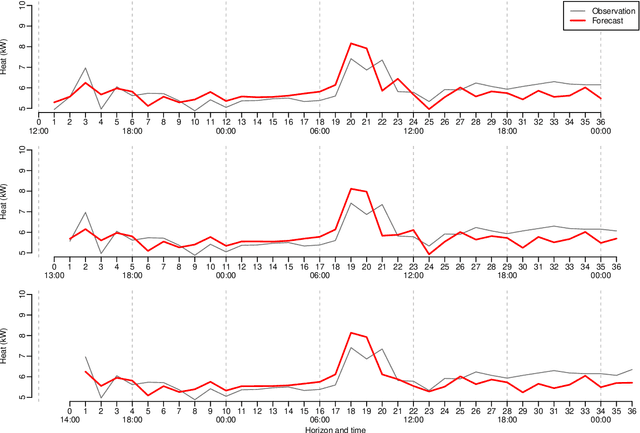
Abstract:Systems that rely on forecasts to make decisions, e.g. control or energy trading systems, require frequent updates of the forecasts. Usually, the forecasts are updated whenever new observations become available, hence in an online setting. We present the R package onlineforecast that provides a generalized setup of data and models for online forecasting. It has functionality for time-adaptive fitting of linear regression-based models. Furthermore, dynamical and non-linear effects can be easily included in the models. The setup is tailored to enable effective use of forecasts as model inputs, e.g. numerical weather forecast. Users can create new models for their particular system applications and run models in an operational online setting. The package also allows users to easily replace parts of the setup, e.g. use kernel or neural network methods for estimation. The package comes with comprehensive vignettes and examples of online forecasting applications in energy systems, but can easily be applied in all fields where online forecasting is used.
 Add to Chrome
Add to Chrome Add to Firefox
Add to Firefox Add to Edge
Add to Edge